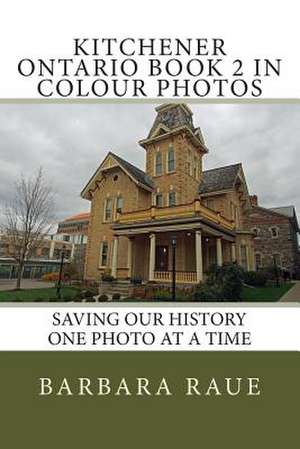Kitchener Ontario Book 2 in Colour Photos
Autor Mrs Barbara Raueen Limba Engleză Paperback
Preț: 87.50 lei
Nou
Puncte Express: 131
Preț estimativ în valută:
16.74€ • 17.90$ • 13.96£
16.74€ • 17.90$ • 13.96£
Carte disponibilă
Livrare economică 28 martie-11 aprilie
Preluare comenzi: 021 569.72.76
Specificații
ISBN-13: 9781495485534
ISBN-10: 1495485536
Pagini: 64
Dimensiuni: 152 x 229 x 4 mm
Greutate: 0.1 kg
Editura: CreateSpace Independent Publishing Platform
ISBN-10: 1495485536
Pagini: 64
Dimensiuni: 152 x 229 x 4 mm
Greutate: 0.1 kg
Editura: CreateSpace Independent Publishing Platform
